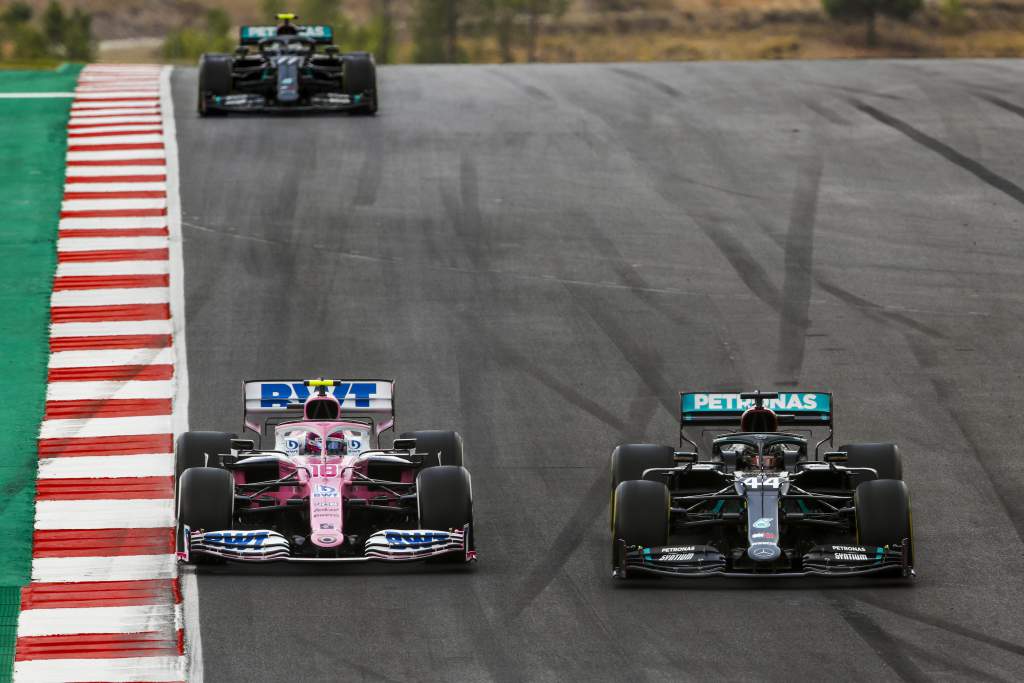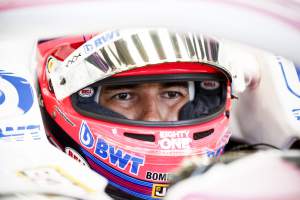Up Next

From the moment the Racing Point RP20 broke cover at the start of pre-season testing in Barcelona and was dubbed the ‘Pink Mercedes’, Formula 1’s most upwardly-mobile team was rarely out of the headlines.
Initially, it was the controversy over the ‘cloning’ of the 2019 Mercedes that led to a protest from Renault and the subsequent ruling that its rear brake ducts were designed illegally thanks to using CAD data originally supplied by Mercedes before the components became listed parts.
That rumbled on even after the stewards had issued their verdict – a 15-point deduction and €400,000 fine – although eventually the various appeals were dropped. This was all part of the wider dispute and calmed down once regulations designed to prevent ‘reverse-engineering’ of a rival’s car in the future were finalised.
There was also the lengthy period of uncertainty over its 2021 driver line-up, with Sebastian Vettel eventually confirmed in September. This triggered sympathy for the ousted Sergio Perez – who subsequently landed on his feet with a Red Bull seat. There was also the disruption of temporarily losing both drivers to COVID-19 – Sergio Perez at Silverstone and Lance Stroll at the Nurburging.
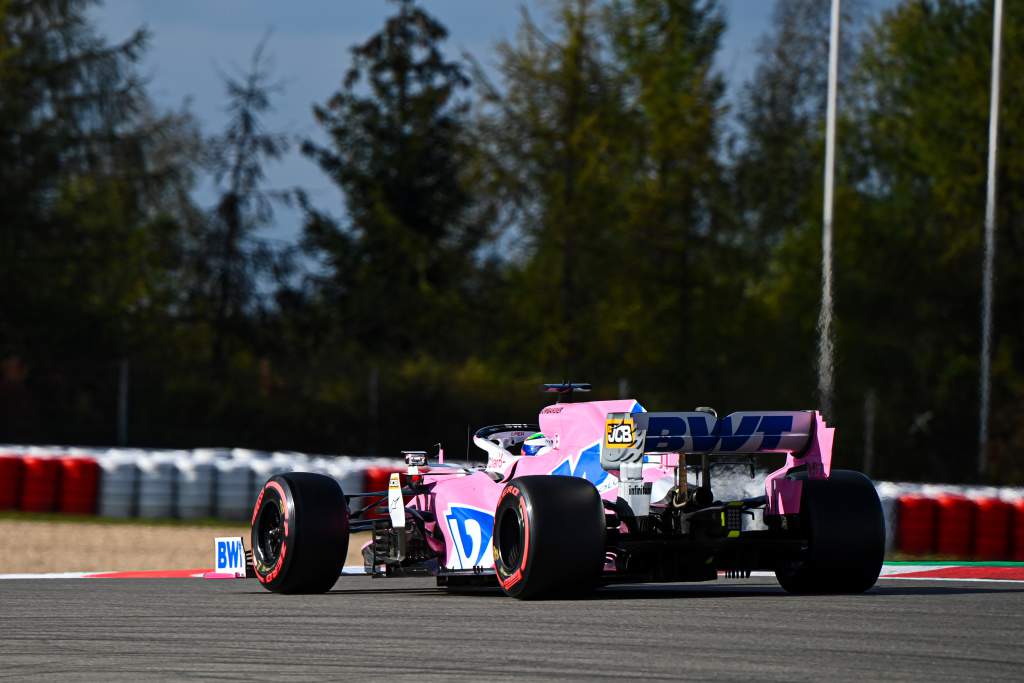
Yet overall the season was largely a success for Racing Point. While it missed out on a third place in the constructors’ championship that should have been there for the taking, this year was a significant stride forward. Last year, on average performance, it had the ninth-fastest car but this year it was third. There was also that magical day in the Sakhir Grand Prix when it took its breakthrough victory, the first for the Silverstone-based squad since its final win as Jordan 17 years ago.
The first challenge was proving it understood the Mercedes clone. It was a significant shift in philosophy for the team having followed a high-rake philosophy in previous years. In initial development work, this meant a big loss in terms of front-end aerodynamic load that had to be recovered. This work started in the middle of last year, so there was a huge amount of effort put into understanding the flow structures and making them work.
While Racing Point was attempting to put its own spin on the Mercedes concept to make best use of it – and there were some minor detail differences in the initial car – the key was understanding a design that was known to have worked for Mercedes.
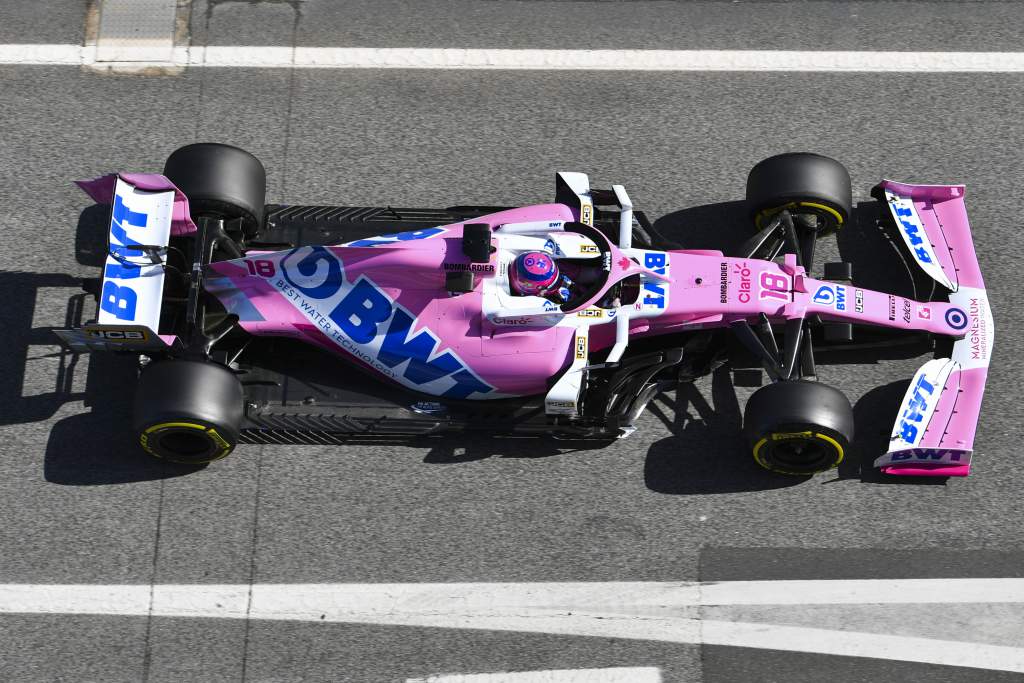
“When we found ourselves deviating away from what we could see that Mercedes had, we kept asking ourselves why,” Green told The Race at the start of the season. “Why are we going in this direction, and why did Mercedes go in that direction?
“Don’t deviate too far thinking you know better than them. Question what you’re doing, have a look at what they’ve done, then try to understand why they’ve done it and what they’ve done. And then all of a sudden once you understand that you realise that’s why they’ve done that, and then you re-optimise it.
“It was a very, very interesting development programme for sure, one we’d never done before, but it was massively exciting. We could see last year that their car was quick and way quicker than we were, so we knew there was potential in it somewhere. We just had to try to understand where it was, and how to try to unlock it.”
Testing hinted that the Racing Point RP20 was the third-fastest car and what happened when the racing started confirmed it. The plan was for limited, but decisive upgrades even before the disruption of the COVID-19 pandemic. This meant there were new parts for the Austrian Grand Prix, followed by a new package on Lance Stroll’s car for the ninth race of the season at Mugello.
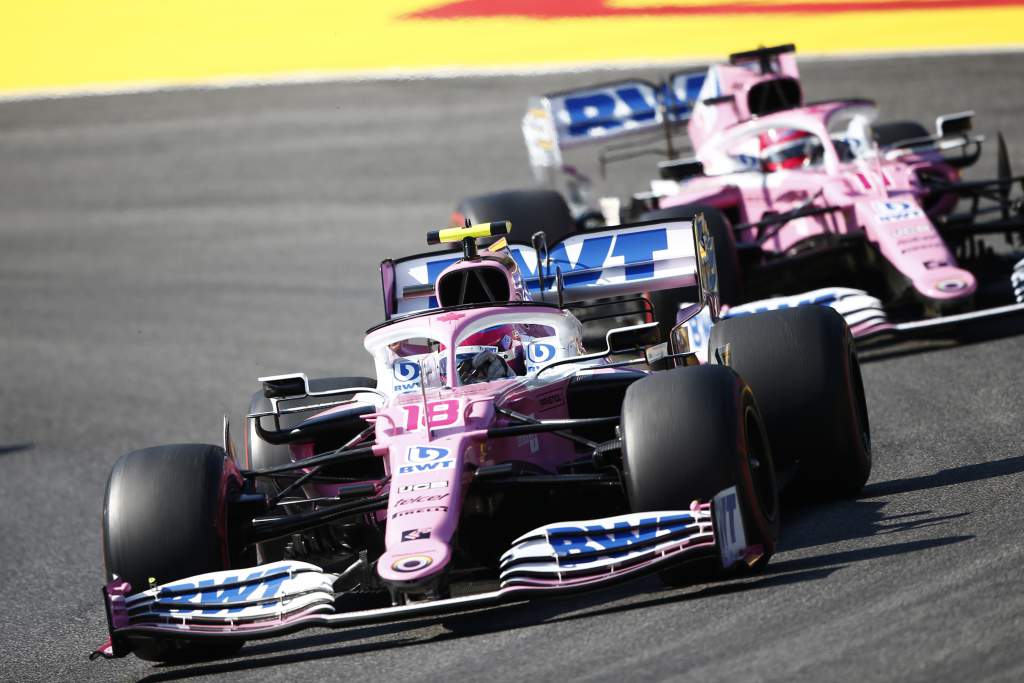
This included modified front brake ducts, modified sidepods, a new floor and a tighter engine cover. And they worked well, but having originally only had enough parts for one car, Stroll’s big accident while running fourth in the race – the consequence of a tyre letting go – meant Perez still didn’t have the parts for the following race at Sochi.
In the big picture, this was still a season that proved a lot for Racing Point
At Sochi, there was a rear suspension upgrade of the inboard components, along with minor front suspension tweaks. These were driven by feedback from Silverstone stand-in Nico Hulkenberg that made the front end more responsive on turn in. This seemed to work well for Perez, but Stroll struggled more and appeared to lack confidence in the car on turn-in, leading to a partial reversion on the spec at Imola that ultimately didn’t help.
These changes ensured Racing Point was still quick as the season progressed, and good enough to perform superbly in Bahrain. Perez was denied third in the Bahrain GP by a late engine failure, but made up for it by winning the Sakhir GP on the outer circuit having come from the rear of the field, with Stroll backing him up in third.

But the disaster in Abu Dhabi, with Perez retiring on the ninth lap after an MGU-K related problem and Stroll struggling to 10th, left the door open for McLaren to grab third place.
That represented underachievement given the consistently strong pace of the car, but a myriad of factors added up to the seven-point deficit to McLaren. The 15-point deduction, Stroll’s struggles to match Perez over the whole season, some terrible bad luck – such as the Canadian’s crash at Mugello – and poor reliability that the team has to take some responsibility for even when it was Mercedes-related. After all, its reliability record on that score was worse than the works team and Williams and there were suggestions that cooling limitations contributed to the problems.
But in the big picture, this was still a season that proved a lot for Racing Point. The transformation to Aston Martin next year and the ongoing investment in the team means it is on a trajectory that can take it to the front. Crucially, despite the COVID-19 disruption, works on the new factory are ongoing, even if they were delayed.
“We went into lockdown and everyone started working from March 23 to the end of May,” Szafnauer told The Race. “That just meant some of the timescales that we had to build a new factory went out the window.
“We had a very good timing plan, it wasn’t too tight, but you don’t anticipate three or four months being taken out of it. So those things were taken out of our hands but other things are still on track. We’re still on track to becoming Aston Martin, hiring more people, getting stronger as a team. The only delay was the factory really.”
But despite the ever-improving facilities and the underlying quality that made this team one of the great overachievers of the past decade, the weaknesses that contributed to it missing out on the prize of third place cannot afford to be ignored. Even if the understanding it has built of the concept underpinning the success of Mercedes must stand it in good stead for the future.


